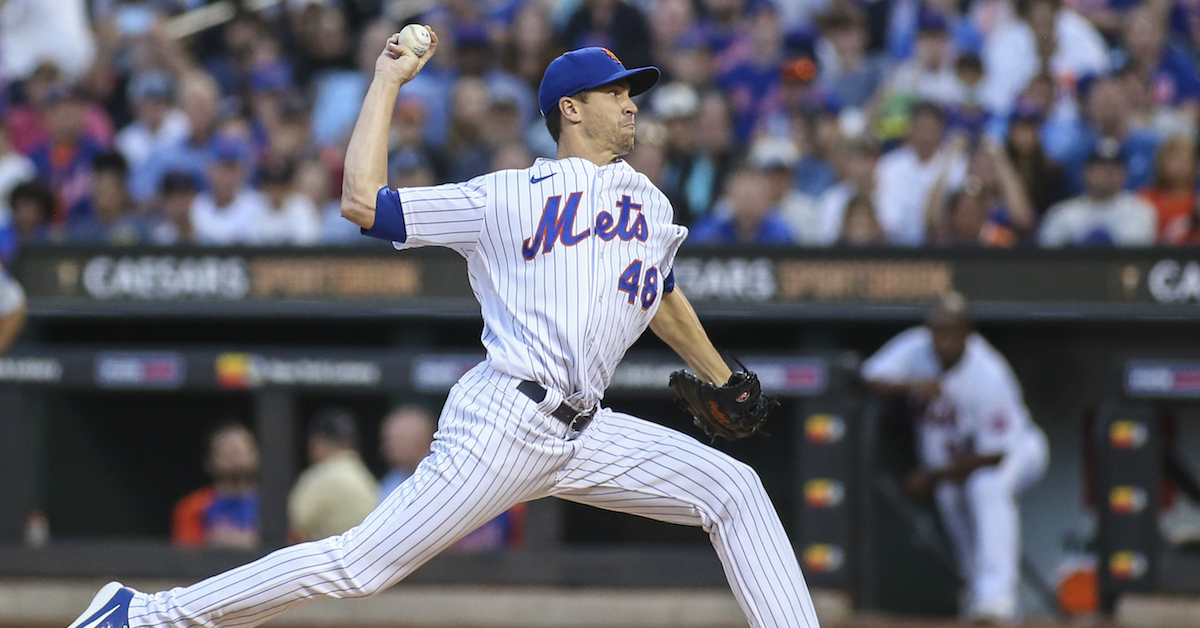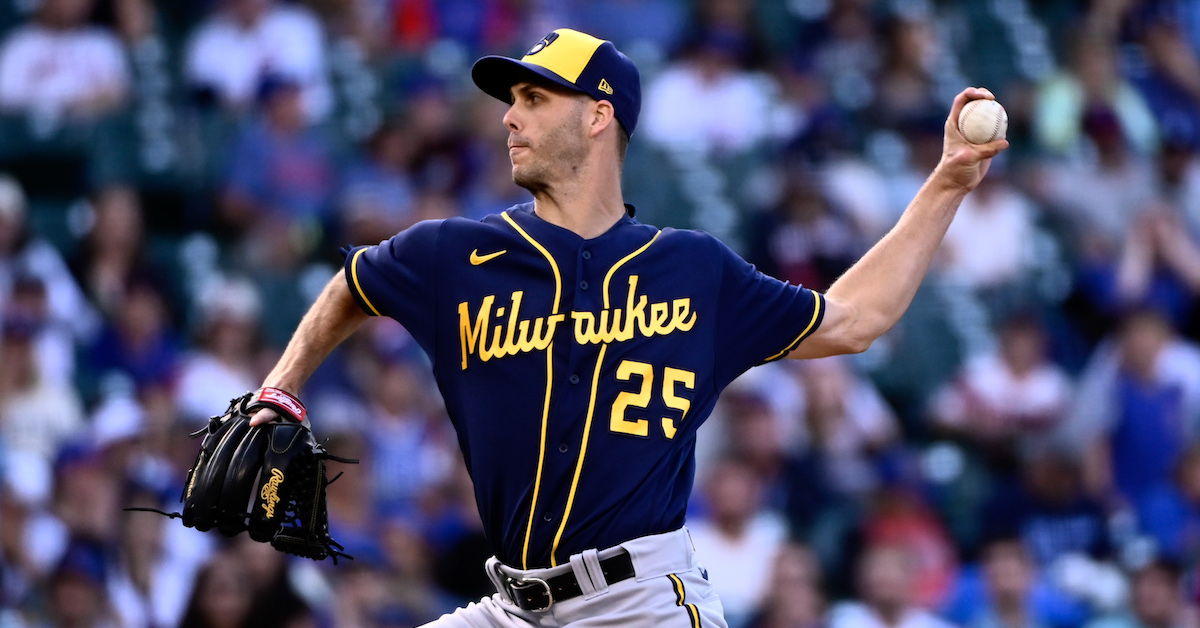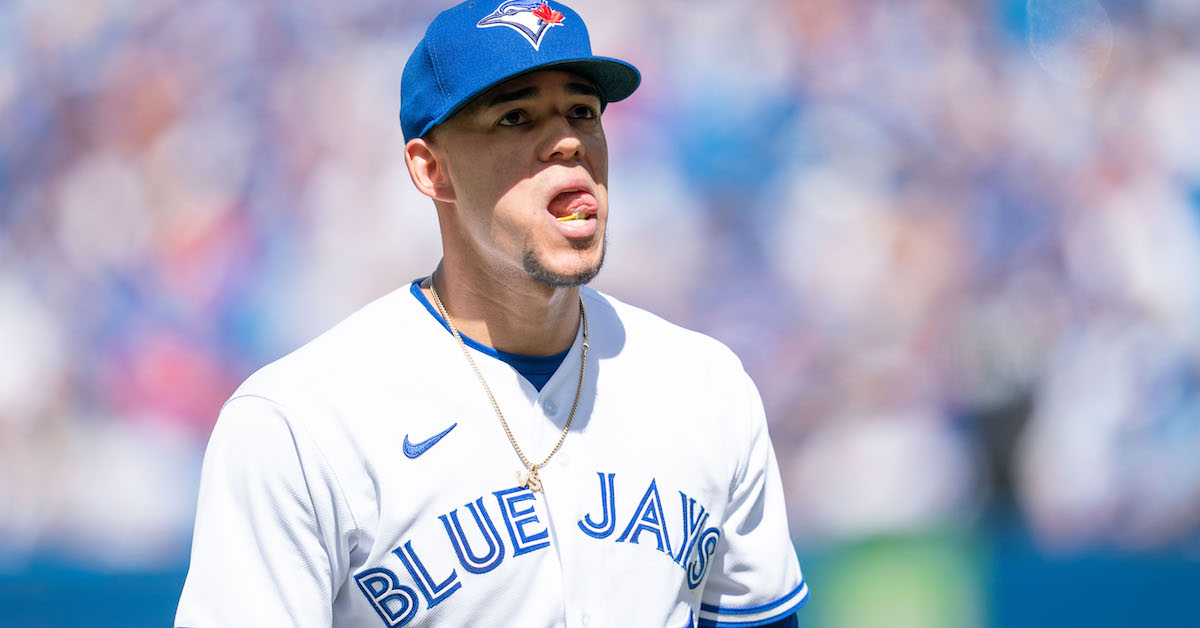The Orioles Are Now Gunnaring for a Wild Card Spot

The Orioles showed mercy to minor league pitchers this week, officially calling up infielder Gunnar Henderson, relieving those hurlers of the terrible burden of having to pitch to him. The team’s top prospect wasted little time making his impact felt, hitting his first major league home run in his second time up at the plate, a long drive off Cleveland starter Triston McKenzie. And if the ZiPS projections are to be believed, adding Henderson down the stretch is about as valuable an offensive boost as anyone made this summer, with the obvious exception of a certain southern California team sporting mustard-and-brown colors.
So just how good is Henderson? That’s a question that has shifted notably over the course of the minor league season. If you go back to the winter, he was considered an excellent prospect, ranking 66th in the FanGraphs Top 100 list and 53rd in the ZiPS Top 100. We weren’t outliers, either; among others, Keith Law at The Athletic and Baseball Prospectus also put him in their top 100s.
Henderson’s stock wasn’t poorly valued, but it shot up so quickly this year that you might think that it was a Reddit meme stonk like GameStop and AMC. Minor league translation printer goes brrr! Before the season, ZiPS only projected Henderson to amass 1.5 WAR in 2023 with a wRC+ of 87. We’ll get to that updated 2023 projection in a minute; let’s just say for now that it’s better.
The improvements made by Henderson in the minors this year were across the board, from power to plate discipline to defense. Combining his performances for Double-A Bowie and Triple-A Norfolk, you get an overall line of .297/.416/.531 with 19 homers and 22 stolen bases in 112 games. That would be enough to make him the best first base prospect in baseball, considering he didn’t turn 21 until late June, but as a player who can legitimately play shortstop, that’s the kind of performance that puts you in the ultra-elite category. Read the rest of this entry »









